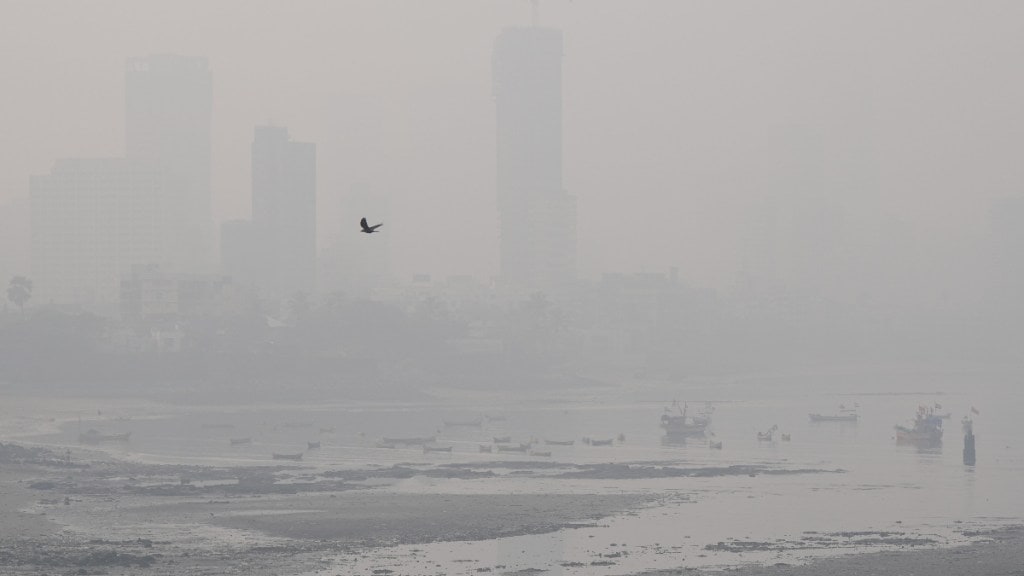Delhi and Mumbai, two of India’s major metropolitan areas, are experiencing varying air quality conditions. In Delhi, the air quality on Thursday morning was classified as ‘moderate’ with an Air Quality Index (AQI) of 117, marking an increase from 83 on the previous day. According to SAFAR-India and the government’s air quality recording service, ‘moderate’ air quality is expected to persist in Delhi.
On the other hand, concerns grew in Mumbai which is shrouded in mist, pushing the city’s air into the ‘moderate’ category with an AQI of 166, according to SAFAR data. This meteorological phenomenon has persisted for several days in the city. Surprisingly, the PM10 level in Mumbai’s air is higher than that in Delhi, standing at 143 compared to 122 in the national capital.
According to Sushma Nair, a scientist with the India Meteorological Department (IMD), moisture and anticyclonic wind circulation over Mumbai have not allowed the wind to ascend with moisture getting stuck in the air due to it.
However, medical professionals pointed out the risk of respiratory illnesses that come with deteriorating air levels. Dr Rajesh Sharma, mentor, Department of Pulmonary Medicine, Sir H N Reliance Foundation Hospital, told PTI that when the quality of air is very poor, it has a lot of particulate matter (PM), gases, and chemicals used in buildings – for furniture being made or polish and painting works.
Delhi’s AQI Surges to 117
- Delhi recorded an AQI of 117 on Thursday morning, signifying a shift to the ‘moderate’ category.
- The increase from an AQI of 83 the previous day raises concerns about the city’s air quality.
- SAFAR-India and the government’s air quality recording service predict continued ‘moderate’ air quality in Delhi.
- The Delhi Pollution Control Committee (DPCC) Board’s recent meeting did not address concerns about air quality deterioration.
Mumbai Blanketed in Mist
- Mumbai experiences misty atmosphere, leading to ‘moderate’ air quality conditions with an AQI of 166.
- This meteorological phenomenon has persisted for several days in the city, impacting visibility and air quality.
- According to the city’s guardian minister Deepak Kesarkar, Mumbai’s PM10 level is notably higher than that in Delhi, reaching 143, attributed to ongoing development projects such as the metro.
- Efforts are being made to address dust pollution, including the installation of fogging machines and the study of feasible alternatives to reduce pollution.
Air Quality Index is a tool for effective communication of air quality status to people in terms that are easy to understand. There are six AQI categories, namely Good + Satisfactory, Moderately polluted, Poor, Very Poor, and Severe. Each of these categories is decided based on ambient concentration values of air pollutants and their likely health impacts (known as health breakpoints).
According to the AQI scale, the air quality check of between 0 and 50 are is “good”, 51 and 100 “satisfactory”, 101 and 200 “moderate”, 201 and 300 “poor”, 301 and 400 “very poor”, and 401 and 450 “severe”.
(With PTI inputs)
